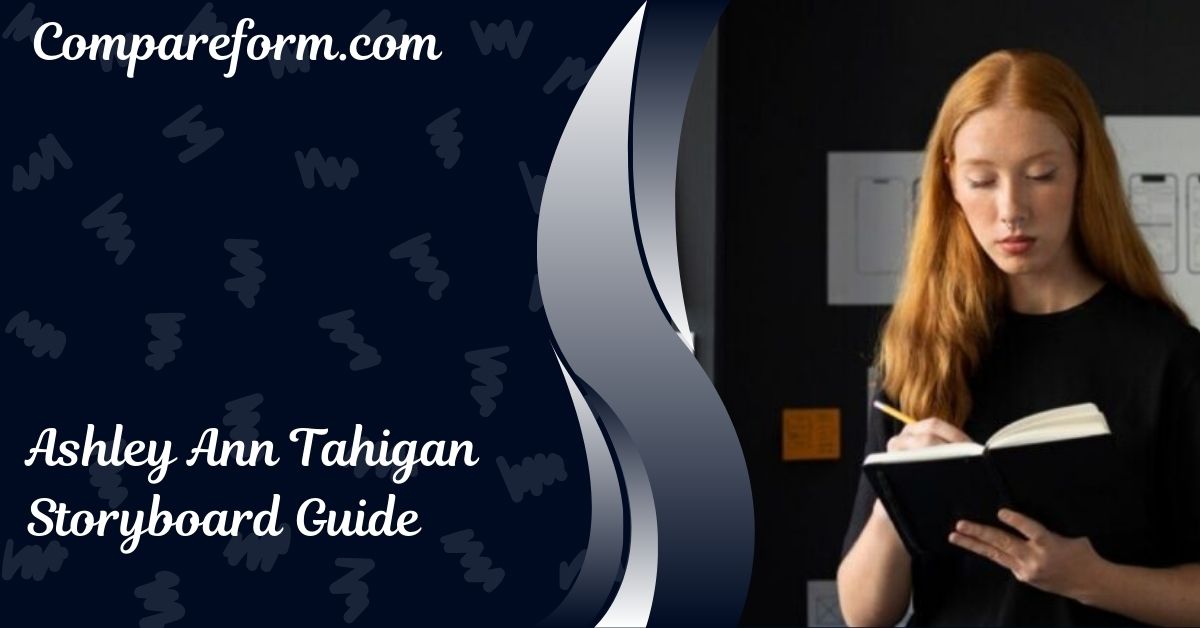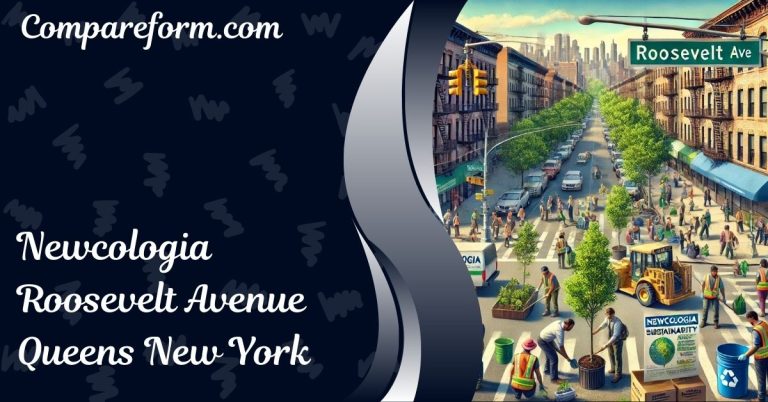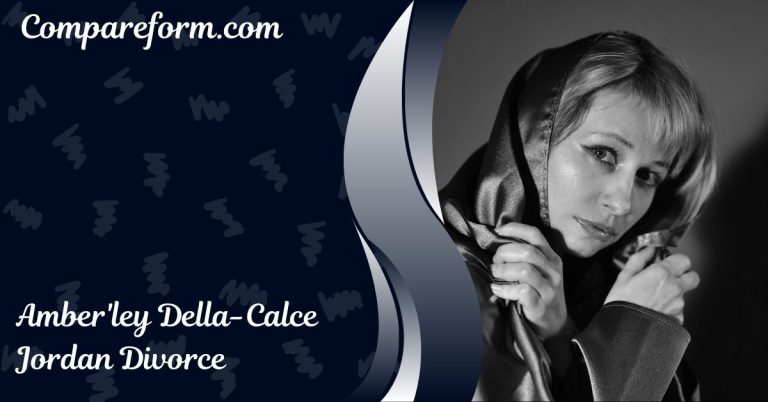Ashley Ann Tahigan Storyboard Guide: Crafting Compelling Visual Narratives
Storyboarding is an essential part of the creative process in film, animation, and even marketing. It serves as a visual blueprint that outlines how your story will unfold. A well-crafted storyboard is not just a series of images; it’s a comprehensive tool that guides you through the entire narrative.
This article will explore the Ashley Ann Tahigan Storyboard Guide, providing you with detailed insights, tips, and strategies to create compelling visual narratives.
Why Storyboarding Matters?
Before diving into the specifics of the Ashley Ann Tahigan Storyboard Guide, let’s explore why storyboarding is crucial. A storyboard helps you visualize the story, ensuring that every scene aligns with your creative vision. It allows you to:
- Plan the Narrative: By sketching scenes, you can see how the story flows and identify potential issues.
- Enhance Communication: A storyboard serves as a common reference point for everyone involved in the project, from writers to directors to animators.
- Save Time and Resources: Planning your visuals can save time during production, reducing the risk of costly revisions.
Understanding the Basics of Storyboarding
What is a Storyboard?
A storyboard is a sequence of drawings or images that represent the scenes of a project. It includes not just visuals but also annotations regarding dialogue, music, and camera angles. Think of it as a comic strip for your film or video.
Key Components of a Storyboard
- Frames: Each frame represents a single shot or moment in the story.
- Images or Sketches: Visual representations that illustrate the action.
- Annotations: Text that explains the action, dialogue, and other important details.
- Timing: Information on how long each scene will last.
The Ashley Ann Tahigan Storyboard Guide
Ashley Ann Tahigan’s approach to storyboarding emphasizes clarity, creativity, and efficiency. This guide will help you harness these principles to elevate your storytelling.
Step 1: Conceptualization
Before you start sketching, you need a solid concept. This step involves brainstorming ideas and determining the core message of your story.
Tips for Effective Conceptualization
- Define Your Theme: What message do you want to convey?
- Identify Your Audience: Understanding your audience will guide your storytelling choices.
- Create a Logline: A one-sentence summary of your story that captures its essence.
Step 2: Script Development
A well-written script is the backbone of your storyboard. It provides the dialogue, character development, and action that will be depicted visually.
Elements of a Strong Script
- Characters: Develop relatable characters with clear motivations.
- Conflict: Introduce challenges that drive the story forward.
- Resolution: Ensure your story has a satisfying conclusion.
Step 3: Visual Planning
Once your script is ready, it’s time to think about how to visually represent the story. This is where the Ashley Ann Tahigan Storyboard Guide shines.
Choosing the Right Format
There are various formats for storyboarding, from traditional hand-drawn sketches to digital tools. Choose what works best for you:
- Hand-Drawn: Personal and flexible; great for quick sketches.
- Digital Tools: Programs like Storyboard Pro, Toon Boom, or Photoshop provide advanced features for detailed storyboards.
Step 4: Sketching Your Storyboard
With your script and visual plan in hand, start sketching your storyboard. Focus on capturing the essence of each scene.
Tips for Effective Sketching
- Keep It Simple: Don’t worry about artistic perfection; clarity is key.
- Use Stick Figures: If you’re not confident in your drawing skills, stick figures can effectively convey action and movement.
- Indicate Camera Angles: Use arrows and annotations to show camera movements or angles.
Step 5: Adding Details
Once your sketches are in place, it’s time to add details. This includes dialogue, sound effects, and any special notes for the production team.
What to Include in Your Storyboard
- Dialogue: Add the character’s lines to each relevant frame.
- Sound Effects: Indicate any sounds that will enhance the scene.
- Notes for the Director: Provide additional context that may not be clear from the visuals alone.
Step 6: Review and Revise
After completing your storyboard, take the time to review and revise it. Share it with team members to gather feedback.
Questions to Consider During Review
- Does the storyboard effectively communicate the story?
- Are there any pacing issues?
- Are the characters’ actions clear and engaging?
The Importance of Feedback
Incorporating feedback is essential for refining your storyboard. Share your work with peers or mentors who can provide constructive criticism. This collaborative approach can lead to valuable insights that improve your project.
Storyboarding Techniques from Ashley Ann Tahigan
Ashley Ann Tahigan emphasizes several key techniques in her storyboard guide, which can elevate your storytelling:
Visual Consistency
Maintaining a consistent visual style throughout your storyboard enhances its professional look. Consider aspects like:
- Color Palette: Use a consistent color scheme to evoke emotions.
- Character Design: Ensure characters maintain a consistent look across frames.
Emotional Engagement
A great storyboard captures the audience’s emotions. To achieve this:
- Facial Expressions: Show characters’ emotions through their expressions.
- Dynamic Angles: Use varied camera angles to enhance emotional moments.
Pacing and Rhythm
The pacing of your storyboard affects how the story is perceived. Consider:
- Shot Length: Vary the length of shots to create tension or relief.
- Transition Techniques: Use cuts, fades, and transitions effectively to control the flow.
Tools and Resources for Storyboarding
Utilizing the right tools can streamline your storyboarding process. Here are some recommended tools:
- Storyboard Pro: An industry-standard tool that offers extensive features for professional storyboarding.
- Toon Boom: Ideal for animation projects, providing powerful drawing and storyboarding capabilities.
- Photoshop: A versatile option for artists who prefer to sketch digitally.
- Pencil and Paper: Sometimes, traditional methods can spark creativity in ways digital tools cannot.
Common Mistakes in Storyboarding
Even experienced creators can fall into traps while storyboarding. Here are some common mistakes to avoid:
- Overcomplicating the Storyboard: Keep it clear and concise; too much detail can lead to confusion.
- Ignoring the Audience: Remember who your audience is and tailor your visuals accordingly.
- Neglecting the Flow: Ensure that the scenes transition smoothly from one to the next.
Case Studies: Successful Storyboards
To understand the impact of effective storyboarding, let’s look at a few successful examples.
Case Study 1: Pixar’s Animation Process
Pixar is renowned for its storytelling. Their storyboard process involves extensive planning, with artists sketching scenes to refine the narrative before animation begins. This method ensures that every emotional beat is considered, resulting in films that resonate deeply with audiences.
Case Study 2: Commercial Advertisements
In advertising, storyboards are crucial for visualizing the campaign. For example, a popular beverage brand created a storyboard that emphasized emotions, using humor and relatable scenarios to engage viewers. This resulted in a campaign that was not only memorable but also effective in driving sales.
Frequently Asked Questions (FAQs)
1. What is the primary purpose of storyboarding?
The primary purpose of storyboarding is to visualize a narrative before production, ensuring clarity in storytelling and facilitating communication among team members.
2. Do I need artistic skills to create a storyboard?
No, you don’t need to be an artist. Simple sketches or even stick figures can effectively convey your ideas. The key is clarity and communication.
3. Can I use digital tools for storyboarding?
Yes, many digital tools are available that can enhance your storyboarding process, such as Storyboard Pro and Photoshop.
4. How detailed should my storyboard be?
Your storyboard should include enough detail to convey the story, including visuals, dialogue, and notes, but it doesn’t need to be overly complicated.
5. What should I do after completing my storyboard?
After completing your storyboard, share it with your team for feedback and make any necessary revisions to improve clarity and effectiveness.
Conclusion: Mastering Storyboarding with the Ashley Ann Tahigan Storyboard Guide
Creating a compelling storyboard is an invaluable skill for anyone involved in storytelling, whether in film, animation, or advertising. The Ashley Ann Tahigan Storyboard Guide provides a structured approach to developing visual narratives that resonate with audiences. By following these steps and techniques, you can elevate your storytelling, ensuring that your message is communicated clearly and effectively.






